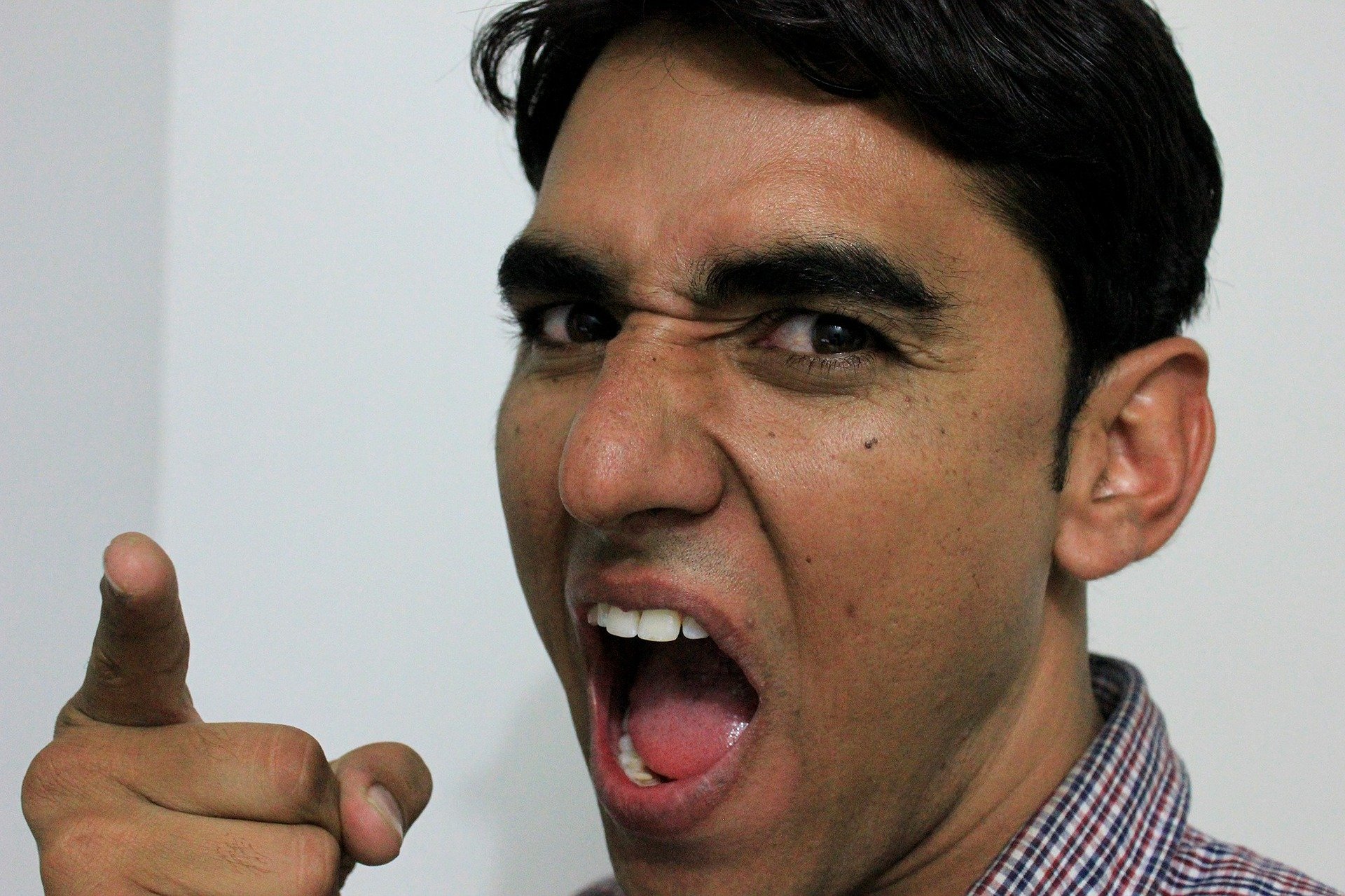It’s sad but it’s true, and most of you have seen it on social media. The more animosity behind a post, the more engagement it gets. Specifically, if you directly attack an opposing political group, your post is much more likely to be shared.
From a recent tweet by Jay Van Bavel:
“Slamming a political out-group member increased the odds of a social media post being shared by 67%!”
There are probably a variety of factors at play here, including social media algorithms, but it really comes down to psychology. If you see someone attack a group that you also dislike, you’ll react strongly to that post and you’re much more likely to share it.
It got me thinking about a seemingly angry friend of mine on Facebook. You probably have some similar “friends” on there too. He’s a very nice guy in person, but over the last few months he’s become more and more divisive online. I thought I’d take a look and really see if that’s what he’s doing, or if it’s just what happens to pop up in my feed. Of his last 50 Facebook posts:
- 25 were direct attacks on the the government, Democrats, or just “idiots” in general.
- 12 more were specific attacks on Joe Biden and his policies.
- 4 were positive posts about his family and community.
- The remaining 9 were neutral stories and “did you know?” kinds of things.
You can do the math here — nearly 75% of everything he posts would qualify as “slamming a political out-group member”, and his followers eat it up.
Engage for Good
You can choose to be divisive to help raise your social media presence and do other things to raise metrics in meaningless ways, or you can choose to be a force for good.
For almost all of you reading this, it’s literally a choice you have. If you want to spout hatred all day and be miserable, that is absolutely within your rights — and it’ll probably get you more traction online, too!
Or, you can choose to take a different path. It’s up to you.



